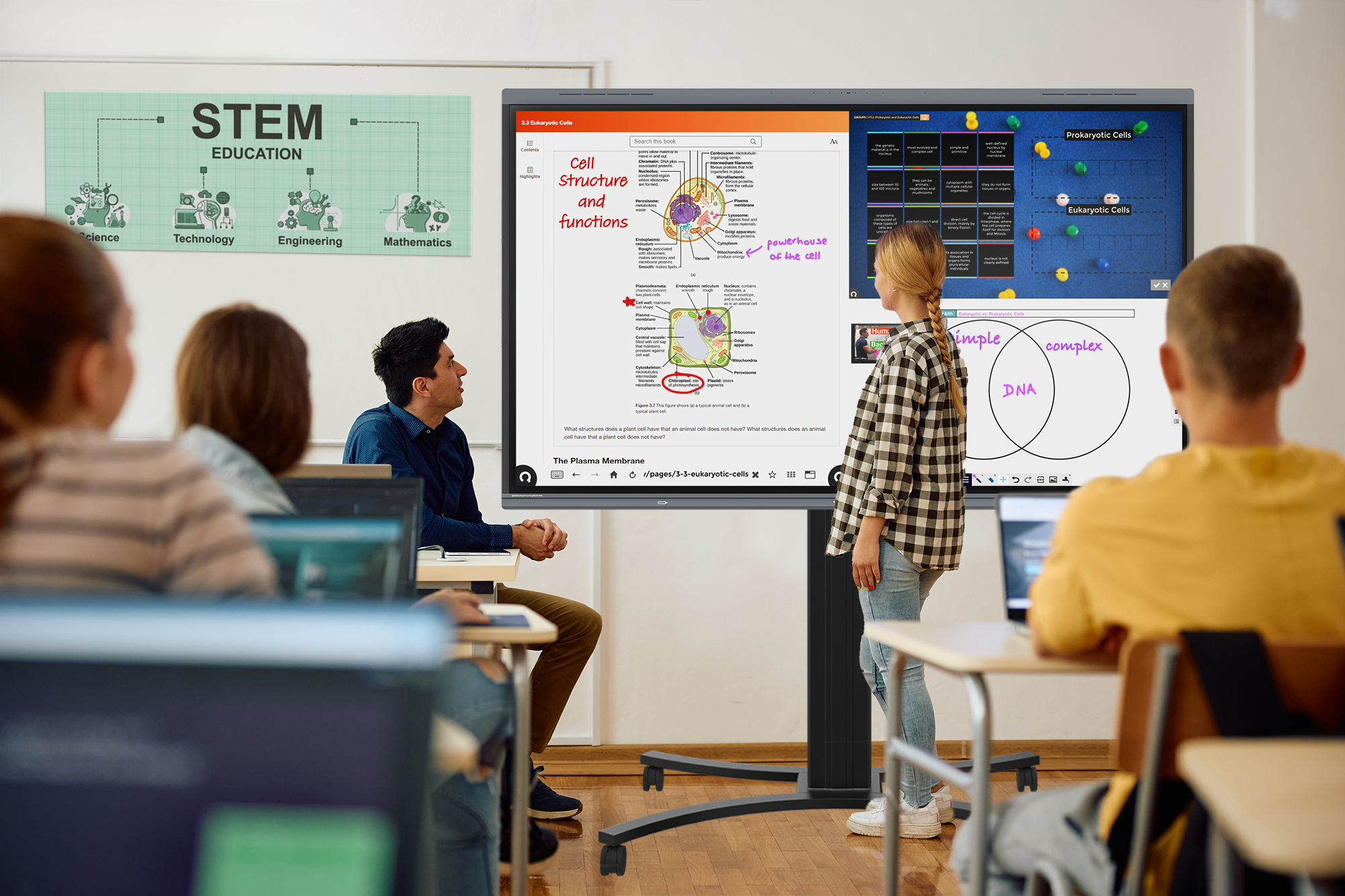How to Create Environments Better Suited for Online Learning
The COVID-19 pandemic changed what normal looks like in our world. One of those changes in normality has been the emergence of virtual learning. Online courses are more prevalent in higher education today than they have ever been, in the fall of 2020 almost three quarters of students took at least one online course at their university. While it may not be the only option for education anymore the influence of applications such as Zoom and Google Meet plays a huge roll in higher education. Online learning now affects both students who attend traditional in-person universities and those who attend exclusively virtual universities. Most schools give professors the option to hold online and hybrid courses. There are numerous benefits to taking a course online, they help students accelerate their graduation track, they gives students in larger undergraduate classes more opportunities’ to engage with their professors, and they give professors more availability to meet with students outside of the classroom. Studies show that there are also some negative aspects to online learning, it is said that taking a course online reduces a student’s GPA by 0.15 points. While these studies findings are alarming, data related to online learning is often skewed, because a majority of it was collected before COVID-19, and there were more voluntary online learners as opposed to after COVID-19 where online learning is integrated into most students’ experiences. The flexibility that online learning courses offer is an overall positive option for students in higher education it gives them a greater opportunity to prioritize their time and mental health.
Zoom and Google Meet are online alternatives to a traditional classroom often used in today’s higher education system. They create an environment where teachers and student scan openly interact as they would in a classroom. But because it is online, students need an option for a physical atmosphere where students can get work done efficiently. This is where innovative designs are needed to support the student learning virtually. Incorporating quiet spaces for online meetings is imperative to having productive working environment. Focus spaces, where students can eliminate distractions without feeling secluded, allows students to establish themselves in an environment they can create. Incorporating collaborative study spaces where students can engage with each other during class or outside of class optimizes student engagements. Lastly providing access to various tech friendly equipment creates an environment specifically catered to virtual learning. All of these innovative designs can improve the outcome for students in higher education that produces the best results.
While the COVID-19 pandemic is not interrupting our lives as it was for the past few years. The effects it had on education are here to stay. Virtual and hybrid learning is still very prevalent in the world of higher education, and schools should be adapting to this reality. Applications of the quicker that happens the better students will have. When schools create an environment that caters to the needs of online learners the better the students’ the results will be for their students.
.jpg)
.jpg)
.jpg)





















